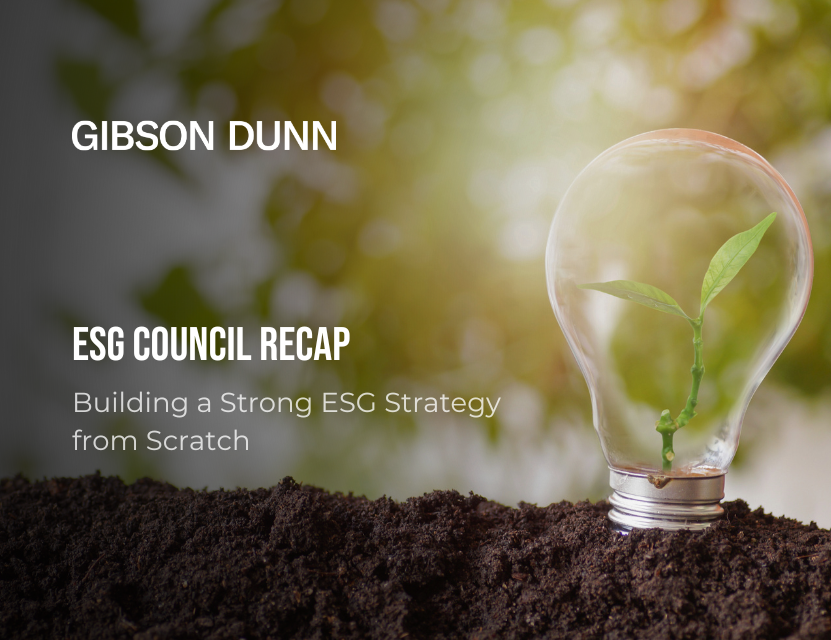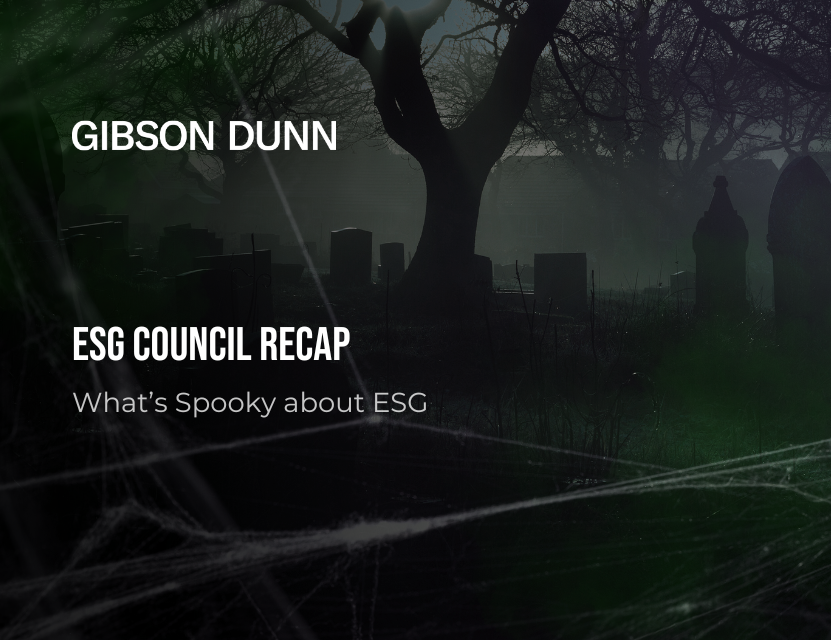The ALLY ESG Council Program brings together industry leaders to discuss the evolving landscape of Environmental, Social, and Governance (ESG) in the energy sector. This event provides a platform for experts to share their real-world experiences and insights on various aspects of ESG, including reporting, data transparency, stakeholder engagement, and technological advancements.
Navigating ESG in the Energy Industry
Katie Mehnert, CEO of ALLY Energy, sets the tone by emphasizing the significance of community building in sustainability efforts.
"We are a community powering the energy workforce in the future workplace. We focus on getting three areas. The first thing we do is we bring people together like this." ESG is not just a regulatory requirement but a strategic imperative that aligns with business goals and societal expectations.
Challenges in ESG Reporting and Data Transparency
Sustainability reporting in the energy industry comes with its own set of complexities. Accurate data, transparency, and effective communication between various stakeholders are crucial for establishing credibility and maintaining trust with investors, regulators, and the broader community.
Teresa Odom, Senior Vice President of Sustainability at Diversified Energy Company, shares her journey in ESG reporting. She highlights the challenges of obtaining reliable data and the necessity of transparent communication to keep stakeholders informed about the company’s ESG initiatives. Her role involves producing the annual sustainability report and engaging with ESG rating agencies and investors, emphasizing the importance of robust data collection processes and effective communication in building trust and credibility.
The Role of Technology and Innovation
Technological advancements are pivotal in enhancing ESG reporting and sustainability efforts. Panelists from climate tech startups, like Syzygy Plasmonics, talk about how innovative technologies are being used to decarbonize the chemical and energy industries. These technologies help reduce emissions and provide more accurate data for ESG reporting.
Lynn Frostman, a chemical engineer at Syzygy Plasmonics, highlights the company’s commitment to integrating cutting-edge technology with sustainability goals.
"We are a climate tech startup focused on decarbonizing the chemical and energy industries, looking to create a world where fuels, chemicals, and fertilizers are low-cost, carbon neutral, and accessible to everyone," Lynn states.
She emphasizes the necessity of continuous improvement in data collection and management processes to meet the evolving demands of ESG reporting. Lynn discusses the importance of building a sustainable company from the ground up, focusing on Health, Safety, and Environmental (HSE) culture, environmental sustainability, and organizational development.
Establishing Baselines and Setting Materiality Thresholds
Establishing baselines and setting materiality thresholds is crucial for consistent ESG reporting. Setting clear and measurable goals is essential for tracking progress and demonstrating the company’s commitment to sustainability.

Trina Engels, ESG Director at Talos Energy, explains the necessity of re-baselining sustainability metrics when significant changes occur, such as acquisitions or regulatory updates.
"This practice ensures that the company’s ESG reports remain accurate and reflect the current operational landscape. A defined materiality threshold, typically around 5%, helps maintain transparency and consistency in reporting.", Trina said.
The Importance of Stakeholder Engagement
Engaging with stakeholders is at the heart of effective ESG strategies. This paper discusses various methods to enhance stakeholder engagement, including transparent communication and collaborative initiatives. Involving stakeholders in the sustainability journey fosters a sense of shared responsibility and collective action towards common goals.
Teresa Odom shares her experience in ESG investor relations, highlighting how stakeholder engagement has evolved over the past decade. Building strong relationships with stakeholders is crucial for successfully implementing ESG initiatives. Theresa mentions that her company’s sustainability department collaborates closely with the board and other teams to ensure alignment on ESG goals.
Addressing Regulatory Challenges and Opportunities
The complexities of navigating the regulatory landscape for ESG reporting are also discussed. Evolving regulations, such as the SEC climate rules and the European CSRD, require companies to stay updated and adapt their reporting practices accordingly.
Trina Engels highlights the need to build robust data systems and leverage technology to streamline compliance efforts. Understanding both regulatory requirements and available incentives for sustainability initiatives is crucial. Aligning company strategies with regulatory trends can create opportunities for long-term value creation and enhance the company’s competitive edge.
Bridging Energy Transition and Sustainability
The energy transition presents both challenges and opportunities for the industry. Balancing environmental sustainability with economic and energy security is essential.
Teresa Odom shares how her company focuses on low-cost, lower-carbon energy production while exploring opportunities in emissions detection technology and alternative uses for existing assets. Trina Engels emphasizes the importance of aligning sustainability measures with the company’s strategic goals, highlighting Talos Energy’s commitment to operating in low-carbon regions and protecting the environment through stringent regulations and innovative practices.
Communication and Collaboration for ESG Success
Effective communication and collaboration are essential for successful ESG implementation. This discusses strategies for ensuring alignment and knowledge sharing among different teams within organizations.
Teresa Odom emphasizes the importance of using collaborative tools and platforms to streamline the reporting process and maintain consistency across reports. Lynn adds that involving employees in sustainability initiatives and fostering an inclusive culture is key to building a high-performance organization. Internal communication is crucial in engaging employees and ensuring their commitment to ESG goals.
Looking Ahead: The Path to a Sustainable Future
The ALLY ESG Council Program's discussions underscore the importance of a holistic approach to ESG in the energy sector. Companies can enhance sustainability by focusing on robust strategies, transparent data, technological innovation, and stakeholder engagement, contributing to a more responsible and equitable energy future.



.jpg)
